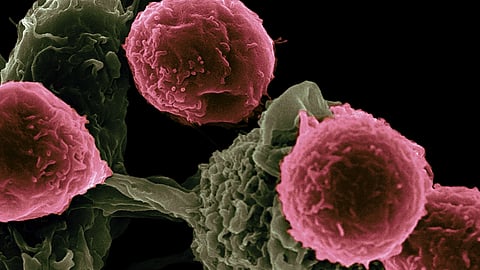From the top of your head to your toes, sarcoma can grow in bones, muscles, tendons, cartilage, and any connective tissue, which makes it a difficult disease to detect. Understanding more about this disease can help people to identify it early. Adam C. Berger, MD, FACS, chief of Melanoma and Soft Tissue Surgical Oncology and associate director for Shared Resources at Rutgers Cancer Institute of New Jersey shares some facts.
1. According to the American Cancer Society, sarcoma, often called ‘forgotten cancer,’ makes up approximately 1 per cent of all adult cancer diagnoses.
2. There are two broad categories. The first category is soft tissue sarcoma, which means that cancer arises in the soft tissue elements of anywhere in the body (extremity, chest, abdomen, etc), such as muscles, fat, nerves and blood vessels. The second category is bone sarcoma, which are cancers that originate in the bone.
3. The most common areas sarcoma tumours grow are the legs, hands, arms, neck, chest, shoulders, abdomen, and hips.
4. These are further classified into more than 70 subtypes. Subtypes of sarcoma are named based on the surrounding tissue, the affected area of the bone or the type of cells creating the tumour.
5. The most common types are soft tissue sarcomas, including angiosarcomas, fibrosarcomas, leiomyosarcomas, rhabdomyosarcomas, liposarcomas and synovial sarcomas.
6. Osteosarcomas (bone sarcomas) are the second most common type, with the least frequent type being sarcomas that develop in internal organs, such as the lungs.


